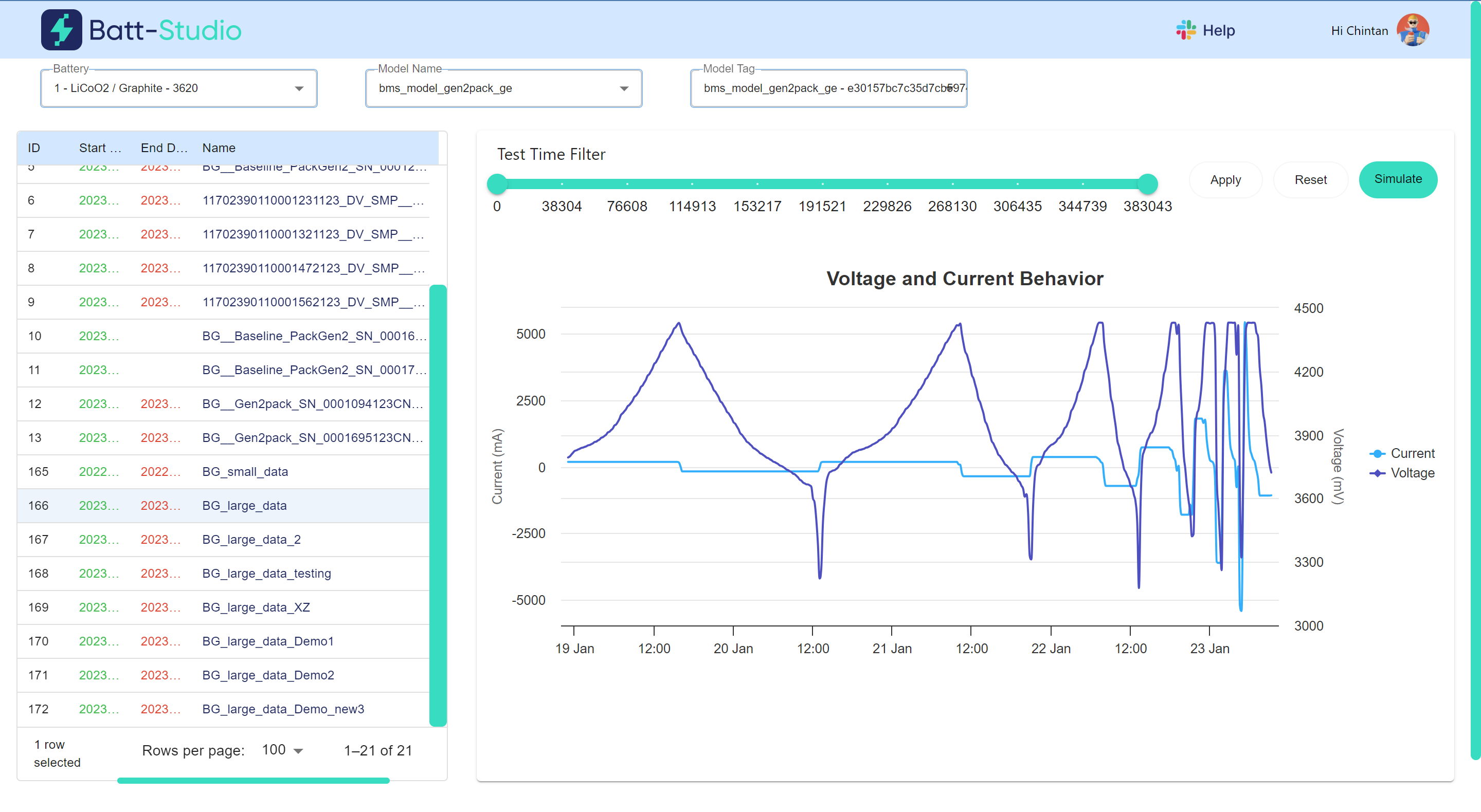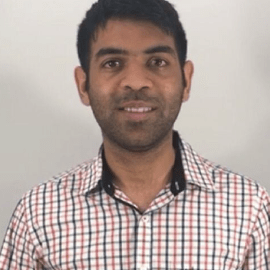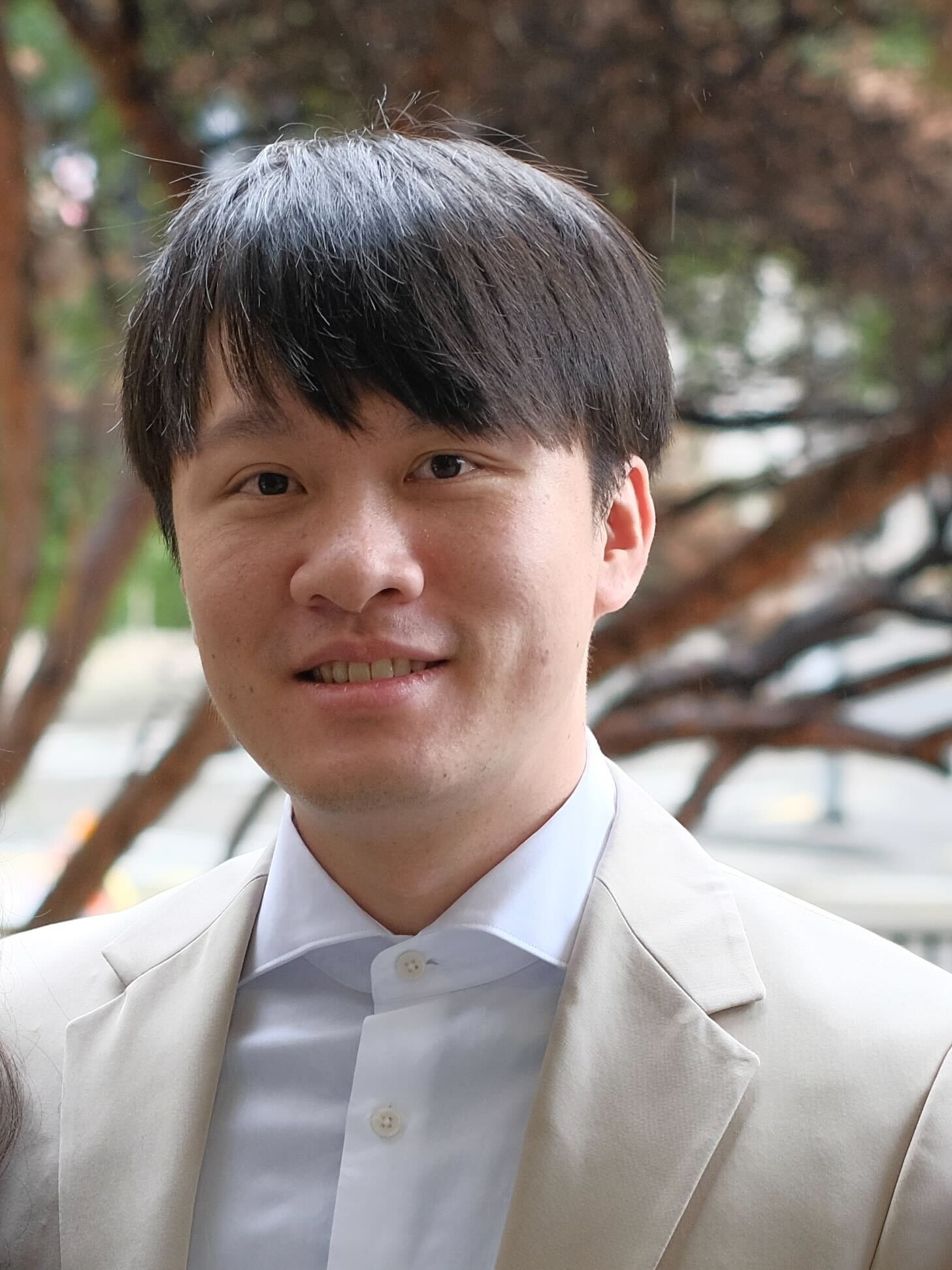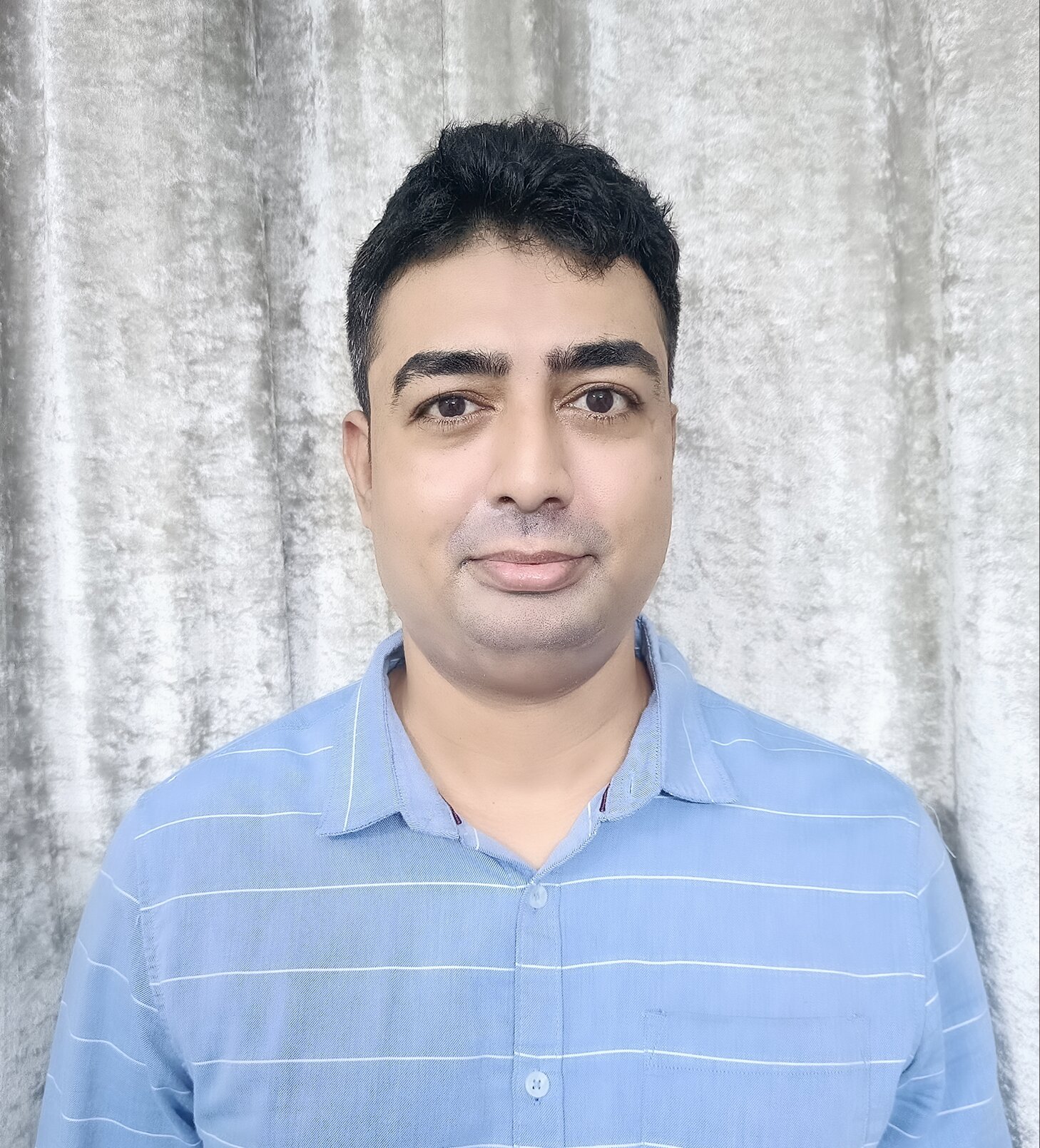About
BattStudio
BattStudio is the gold standard in developer-first lithium-ion battery R&D software, tailor-made to harness your creativity and innovations. Designed to supercharge your battery research and development initiatives, BattStudio is your comprehensive hub for tools and services.
BattETL
Directly import batch data for thorough analysis.
BattETL-RT
Gain immediate insights with our real-time data ingestion capabilities.
BattDB
Efficiently organize and manage your battery data.
BattMon
Receive real-time alerts and make informed decisions through data visualization.
Unlock Your Battery R&D Potential: Services Unveiled
Take your battery modeling and data analysis to the next level. Discover the comprehensive services included in the BattStudio platform.


BattDaaS (Battery Data as a Service)
Housed within BattStudio, our robust data services are integral to your R&D activities.
BattETL (Batch Data Ingestion)
Directly import batch data for thorough analysis.

BattRT (Batch Data Ingestion)
Directly import batch data for thorough analysis.

BattDB (Batch Data Ingestion)
Directly import batch data for thorough analysis.

BattMon (Batch Data Ingestion)
Directly import batch data for thorough analysis.

BattSaaS (Battery Simulation as a Service)
Also embedded within BattStudio, our simulation service allows you to freely explore and test battery designs in a virtual setting.

Join us in redefining the landscape of battery R&D with BattStudio
The platform where innovation and efficiency converge.
The Unified Interface of BattStudio Streamline your R&D workflow effortlessly using our intuitive GUI. Whether you’re working on battery data or battery simulations, BattStudio offers a consolidated, user-friendly interface that simplifies your entire operation.
Venkat Subramanian
CTO, Chief Scientific Advisor, and Co-Founder
Prof. Venkat Subramanian is currently the Ernest Dashiell Cockrell II Professor of Mechanical & Material Science Engineering at the University of Texas, Austin.
His research interests include energy systems engineering, electrochemical engineering, computationally efficient algorithms for state-of-charge (SOC) and state-of-health (SOH) estimation of lithium-ion batteries, multiscale simulation, and design of energetic materials, kinetic Monte Carlo methods, model-based battery management system for electric transportation, and renewable microgrids and nonlinear model predictive control. Prof. Subramanian was awarded the Dean’s award for excellence in graduate study in 2001 for his doctoral research.
He is a Fellow of the Electrochemical Society and a past Technical Editor of the Journal of the Electrochemical Society. He was also the chair of the IEEE Division of the Electrochemical Society. His codes for Lithium-ion batteries are the fastest reported in the literature and his algorithm for solving index 1 nonlinear DAEs is the most robust compared to any other algorithm reported as of today.
Prof. Subramanian received his B.Tech. degree in Chemical and Electrochemical Engineering from the Central Electrochemical Research Institute (CECRI), Karaikudi, India, in 1997 and the Ph.D. degree in Chemical Engineering from the University of South Carolina, Columbia, SC, USA, in 2001.
Manan Pathak
CEO and Co-Founder
Dr. Manan Pathak is the Chief Executive Officer and co-founder of BattGenie.
He earned his PhD at the University of Washington, where he obtained his graduate thesis on model-based Battery Management Systems. He has 7+ peer-reviewed publications with over 300 citations, and extensive experience with physics-based battery models, numerical methods and derivation of optimal charging profiles.
Chintan Pathak
CPO and Co-Founder
Dr. Chintan Pathak is the Chief Product Officer and co-founder of BattGenie.
He earned his PhD from the University of Washington and he obtained his graduate thesis on optimal locations of battery charging stations in the state of Washington. He has over 13 years of experience in software engineering and embedded systems.
Akshay Subramaniam
Battery Modeling Scientist
Akshay Subramaniam leads electrochemical model development and identification tasks at BattGenie. He also contributes towards BMS algorithm development and validation, and helps maintain our models, databases, and testing pipelines. He received his Ph.D. from the University of Washington during which he gained extensive experience in the development of control-oriented electrochemical models. He has 10+ peer-reviewed publications and is proficient in several aspects of battery systems engineering including numerical simulation techniques, optimization for design and fast charging, parameter estimation, and battery data analysis.
Taejin Jang
Battery Simulation Scientist
Dr. Taejin Jang is a Battery Simulation Scientist at BattGenie. Dr. Jang received his Ph.D in Materials Science from University of Texas at Austin and an MS in Chemical Engineering from UW. He also has BS and MS degrees in Materials Science & Chemical Engineering from Yokohama National University in Japan. He spent three years in the automotive devices industry at Samsung Electronics. He has 7+ years’ experience in battery modeling and simulation, encompassing Li-ion and next-generation batteries.
Bing Syuan Wang
Senior Battery Software and Data Engineer
Bing Syuan Wang is the Senior Battery Software and Data Engineer at BattGenie.
He earned his Masters in Electrical Engineering from the University of Washington. He has over 6 years’ experience in software engineering and in working with battery data.
Aditya Parsai
Fullstack Software Engineer
Aditya Parsai is a Fullstack Software Engineer at BattGenie. He graduated in Civil Engineering from IIT(BHU). With 8 years’ experience, he contributes to helping businesses succeed in the digital space by staying attuned to the evolving tech landscape. His work spans from front-end development to back-end system engineering, ensuring smooth integration and functionality. He recognizes the importance of storytelling and is adept in translating complex ideas into user-friendly interfaces to enhance user experiences.







